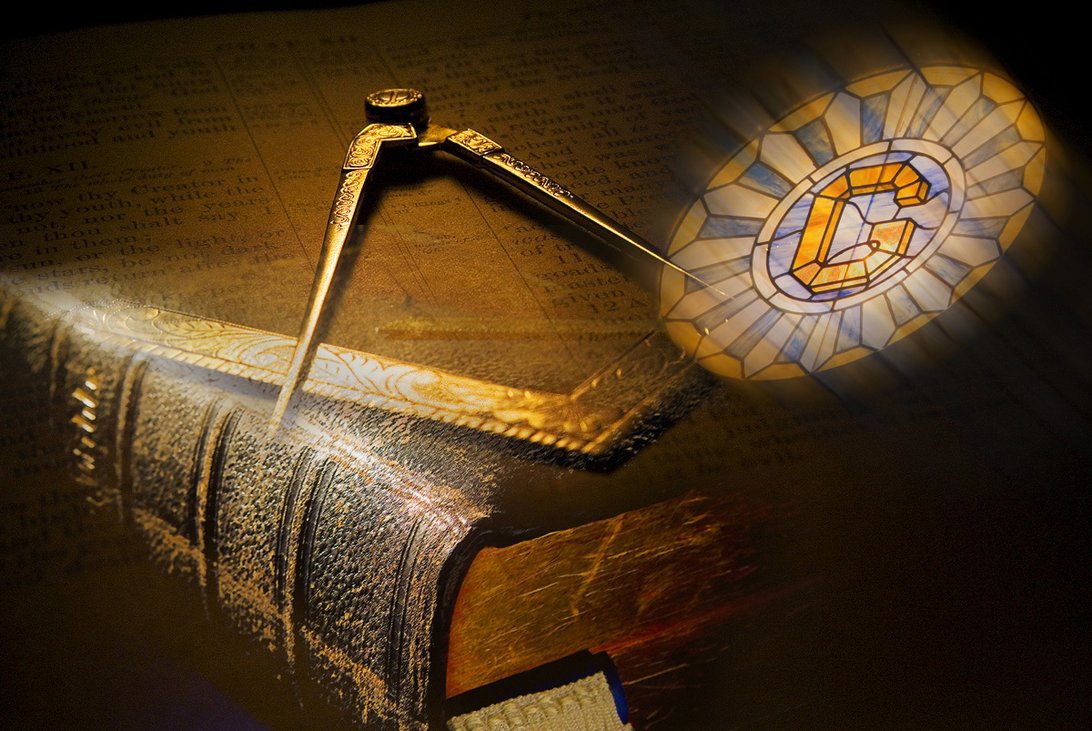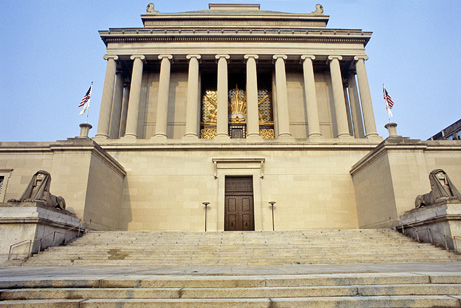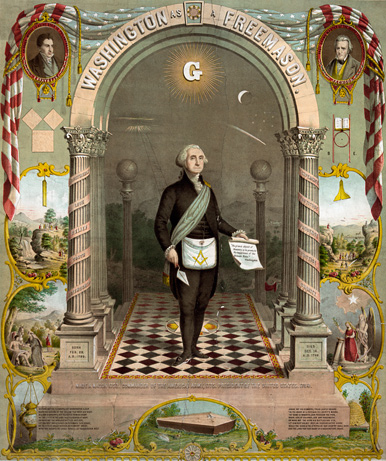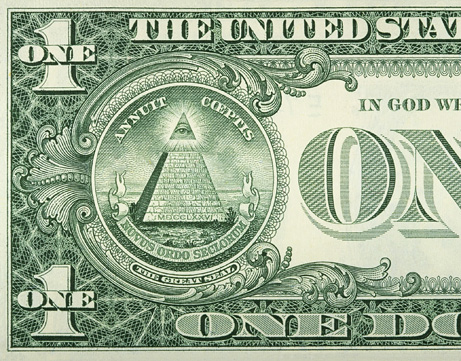Evidence of Hidden Meaning in Masonic Ritual
A Sojourners post by W. Bro. Rob Lund. Albert Pike once wrote: “Freemasonry is the subjugation of the human that is in man, by the Divine; the conquest of the appetites and the passions, by the Moral Sense and the Reason; a continual effort, struggle, and warfare of the Spiritual against the Material and Sensual.” […]



